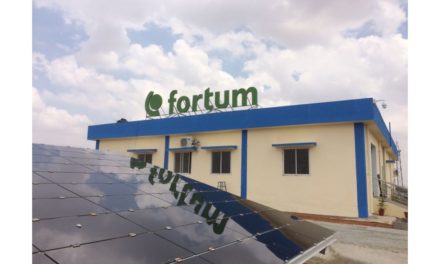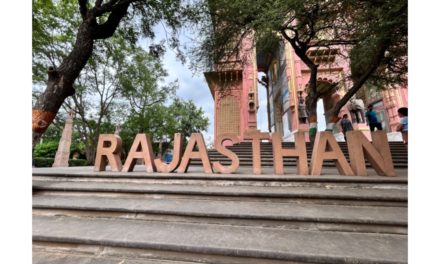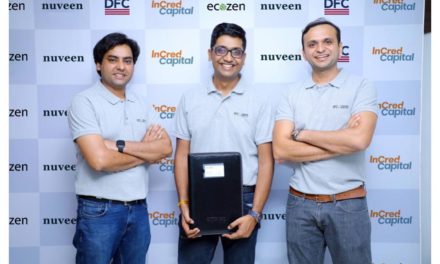- MNRE has released guidelines for the implementation of the country’s new rooftop solar scheme
- It is open only to the residential sector with a total budgetary outlay of INR 750 billion, to be implemented till FY 2026-27
- The ministry wants only domestically manufactured solar modules with domestically manufactured solar cells to be used
The Indian Ministry of New and Renewable Energy (MNRE) has issued guidelines for the country’s recently announced rooftop solar scheme titled PM Surya Ghar: Muft Bijli Yojana that’s expected to install 30 GW PV capacity. The government has fixed an outlay of INR 750 billion ($9 billion) to execute the scheme.
It was unveiled by the Indian Prime Minister Narendra Modi in February 2024, promising free electricity to the residential segment, and subsidies for installing solar PV systems (see India Eying 30 GW Rooftop Solar Capacity With New Scheme).
The government expects this scheme to lead to a generation of 1,000 billion units of renewable energy and reduce 720 million tons of carbon emissions during the 25-year lifetime of rooftop solar projects.
This financial outlay is to be implemented till FY 2026-27. Out of this amount, the government says the central financial assistance (CFA) component for residential solar is fixed at INR 657 billion ($8 billion). Another INR 49.5 billion ($593 million) is reserved to be provided as incentives to discoms.
The remaining budget will be allocated to local bodies as incentives, model solar villages in each district, innovative projects and as payment security mechanisms. A total of INR 6.57 billion ($79 million) each has been reserved for capacity building, awareness and outreach, and service charges as 1% of the CFA.
All residential systems with up to 2 kW installed capacity or part thereof will receive 60% of the benchmark cost of 2 kW.
Those with an additional 1 kW or part thereof will be eligible for 40% of the benchmark cost of additional kW. There is no CFA for additional capacity beyond 3 kW.
For group housing societies (GHS) and residential welfare associations (RWA), the upper limit of CFA supported rooftop solar capacity is inclusive of the individual rooftop plants installed by individual residents in the GHS/RWA. They will get 40% of the benchmark cost of additional kW for common facilities, including electric vehicle (EV) charging of up to 500 kW.
To avail the CFA under the scheme, eligible residential solar systems will need to be installed on a roof/terrace/balcony/elevated structures and connected to the grid of the local discom. The CFA will be allocated irrespective of the size of the inverter installed, based on the rated DC capacity of the module system.
Solar modules used must be domestically manufactured from domestically produced solar cells.
All applications received on the national portal from the date of the launch of the scheme on February 13, 2024, will be eligible for benefits under the scheme.
It will be implemented through the National Portal for PM Surya Ghar where the vendors will be registered. The latter will upload their system offerings, price points, system design and specifications, and key personnel on the portal.
The ministry will publish benchmark prices of solar modules, inverters and other important equipment on the portal every year, to ensure customers are not overcharged.
The ministry is now seeking stakeholder comments to the guidelines issued on April 14, 2024, to be sent in latest by April 23, 2024.
MNRE added that the existing scheme of Phase II of the Grid Connected Rooftop Solar Programme with a budget of INR 118.14 billion ($1.41 billion) till FY 2025-26 shall be continued till the notification of the new scheme. It will then get subsumed into the new scheme.















